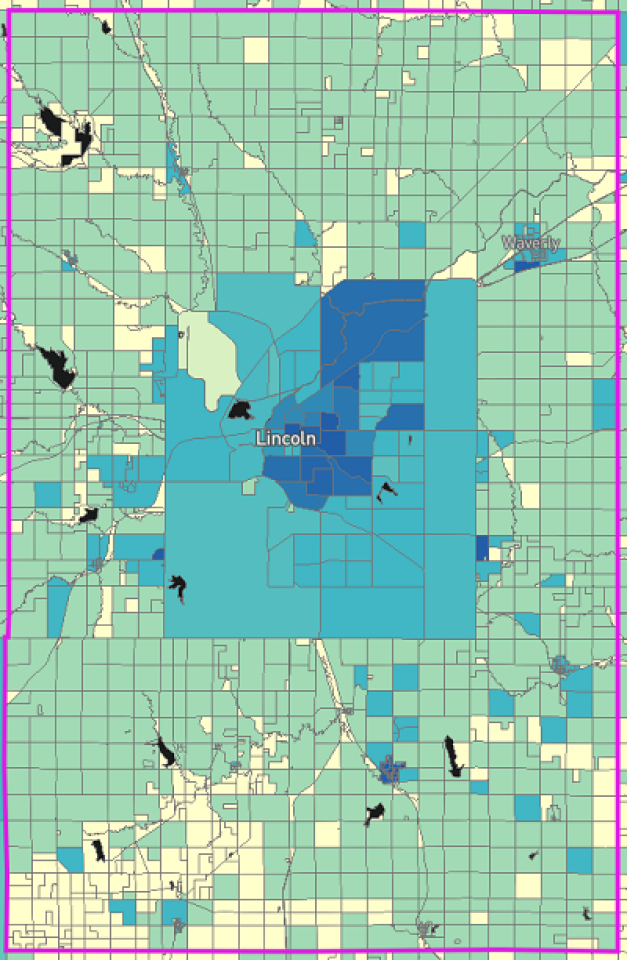Lancaster County, Nebraska Looking to Build Conduit Network to Rural Areas
About ten years ago, the city of Lincoln, Nebraska (pop. 285,000) began construction on a publicly owned conduit system it would eventually lease to Internet Service Provider (ISP) ALLO Communications to enable better Internet service options to residents. That project entered its final phase in the last two years, but local officials aren’t content to stop there.
Last fall, Lancaster County (pop. 316,000), of which Lincoln is the county seat, embarked on a new conduit system to multiply its success into the future. The expansion will build upon Lincoln’s network to initiate construction into the rural parts of the county and facilitate new connectivity options to three new cities, ten villages, two census-designated places, and nine unincorporated communities.

Not Content to Sit Still
Lancaster County is situated in the southeastern corner of the state, and the second-most populous one in Nebraska.
Fixed broadband coverage, seen in the FCC Form 477 map below, shows the reality locals are contending with; good coverage in the city proper, but few options once you move into the countryside.



